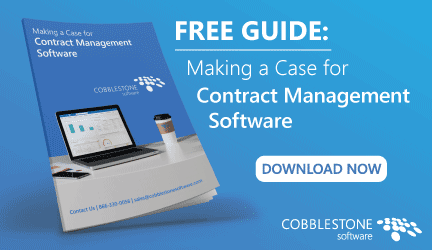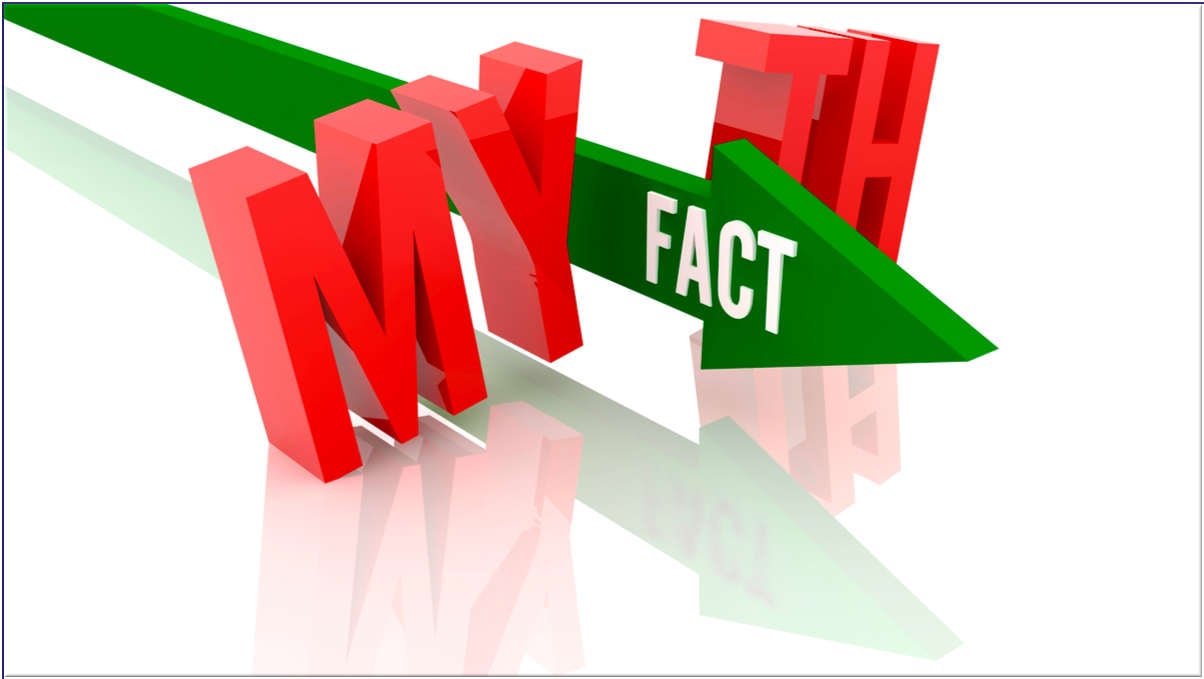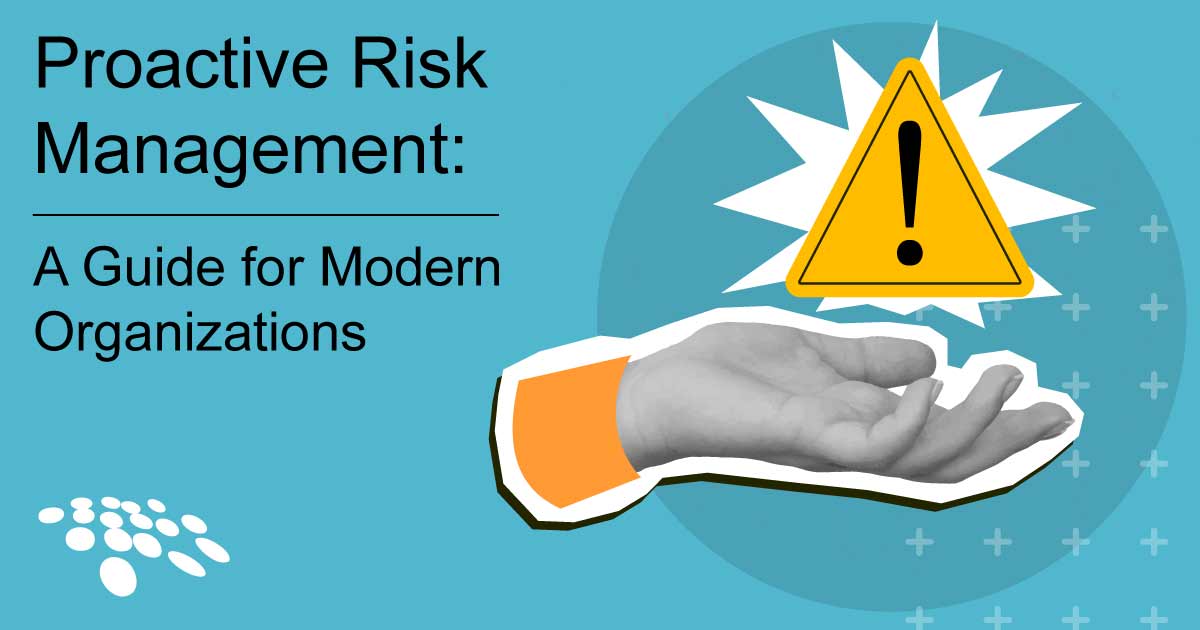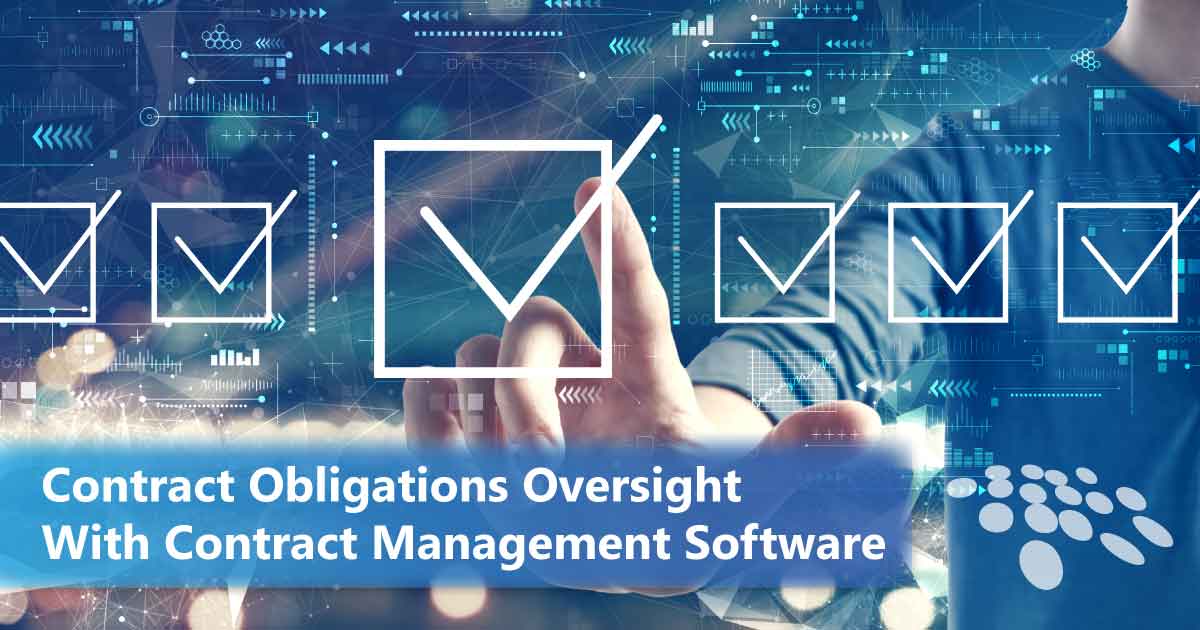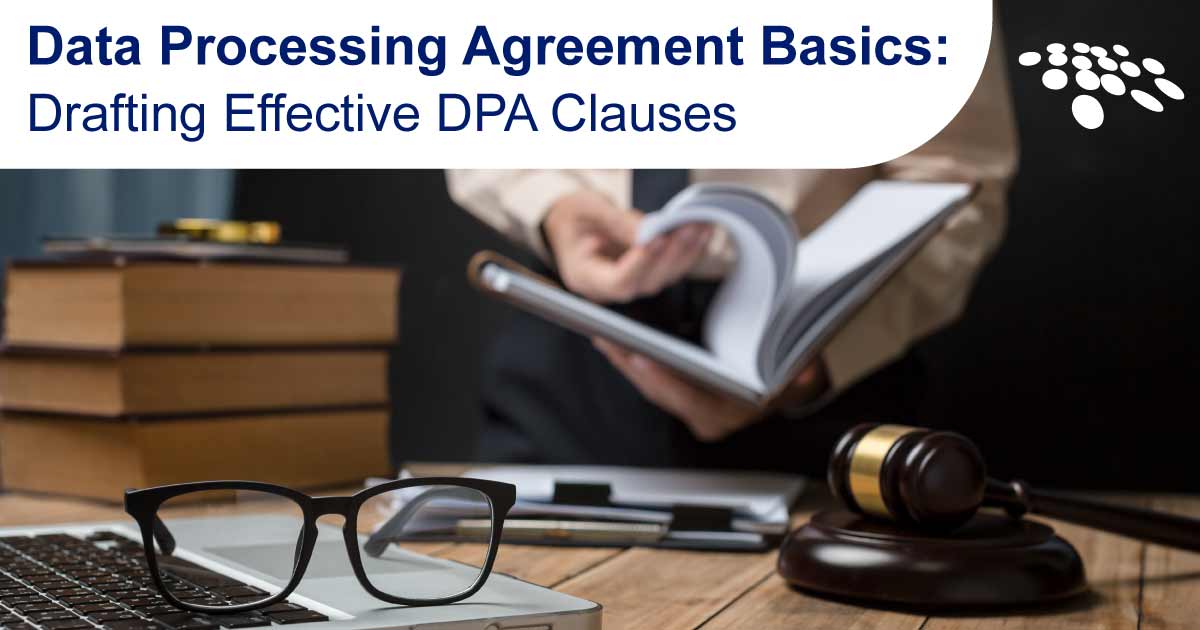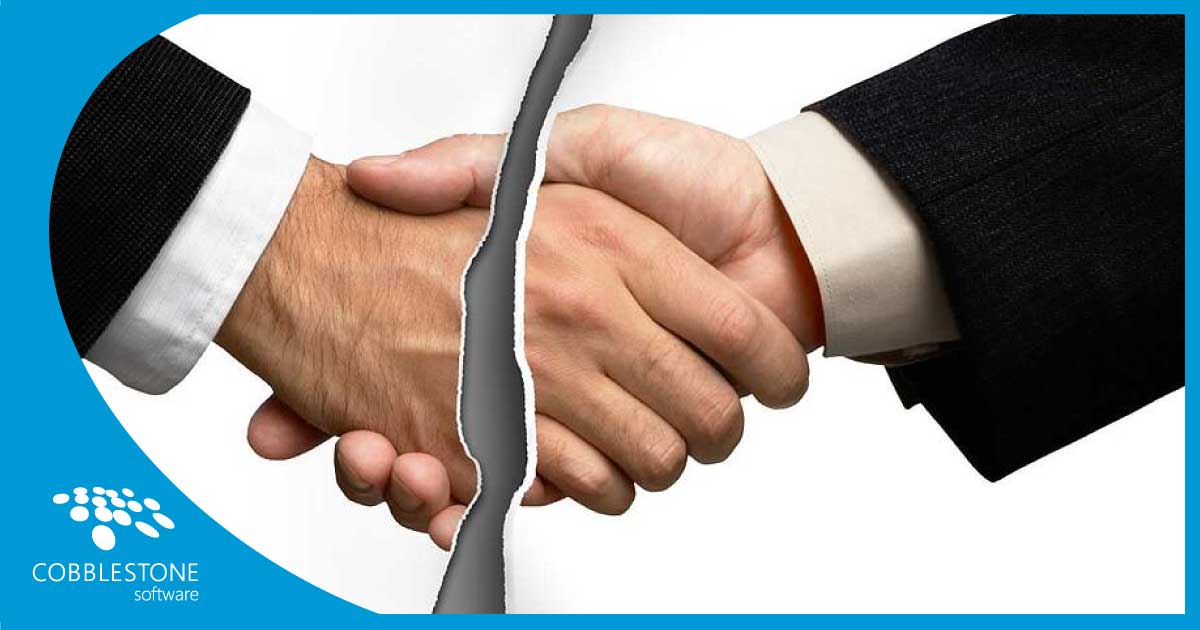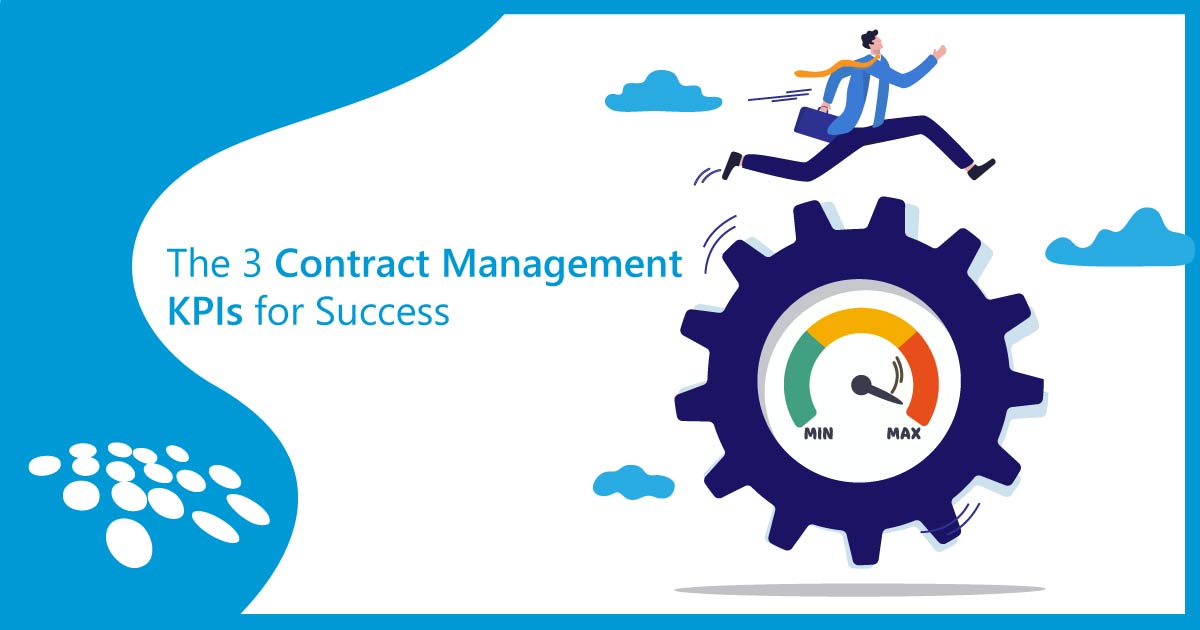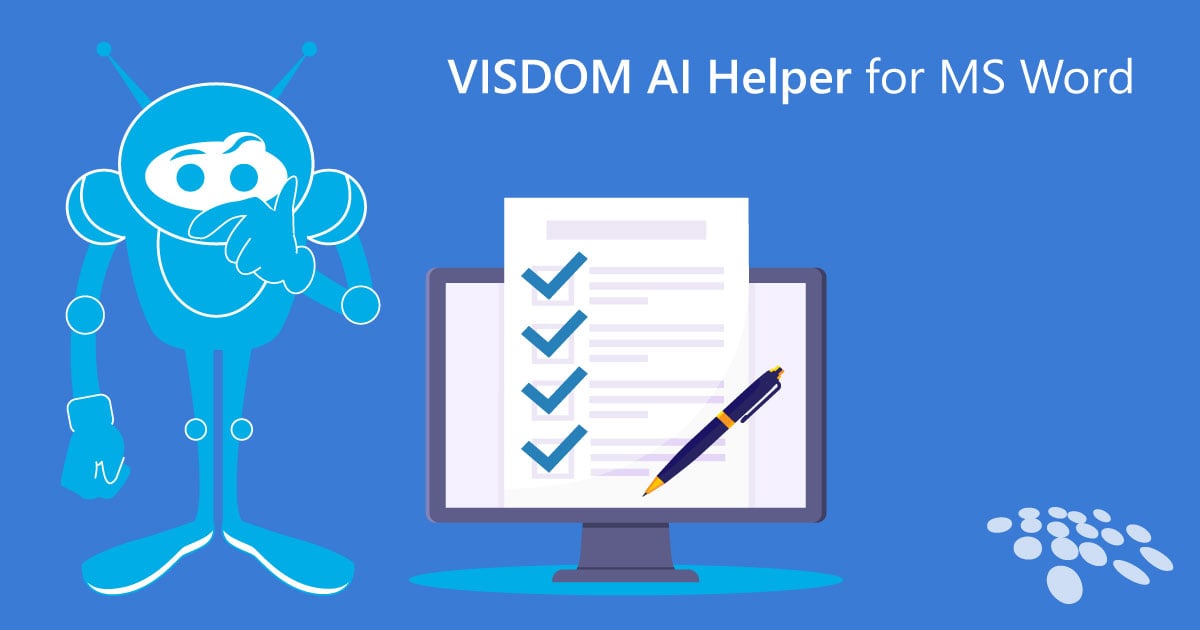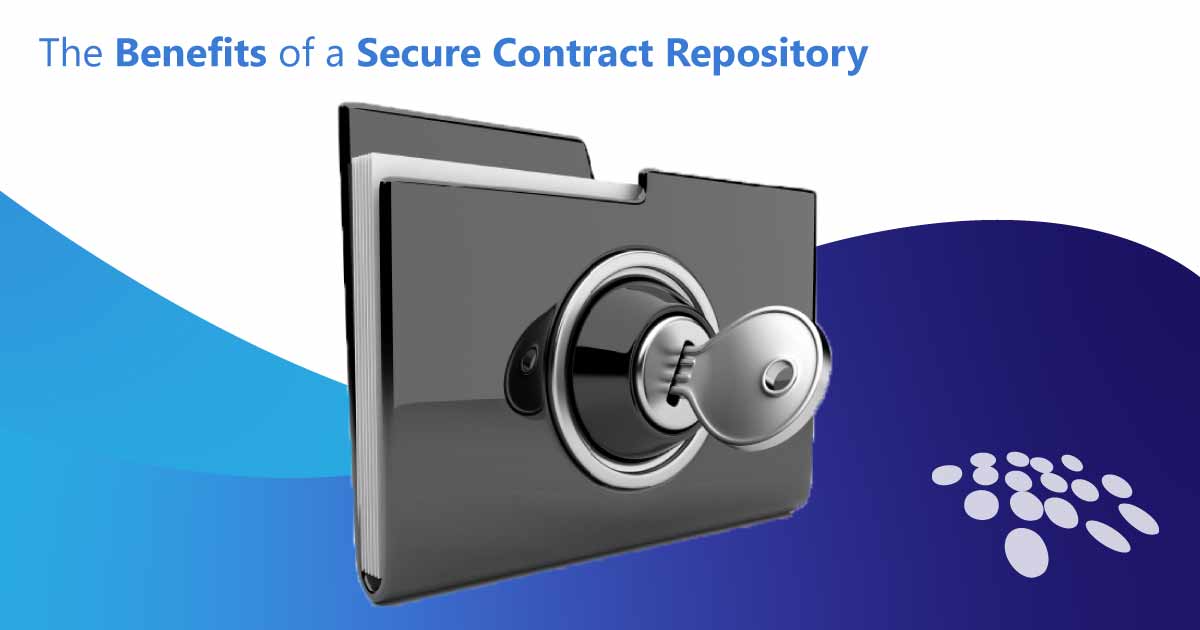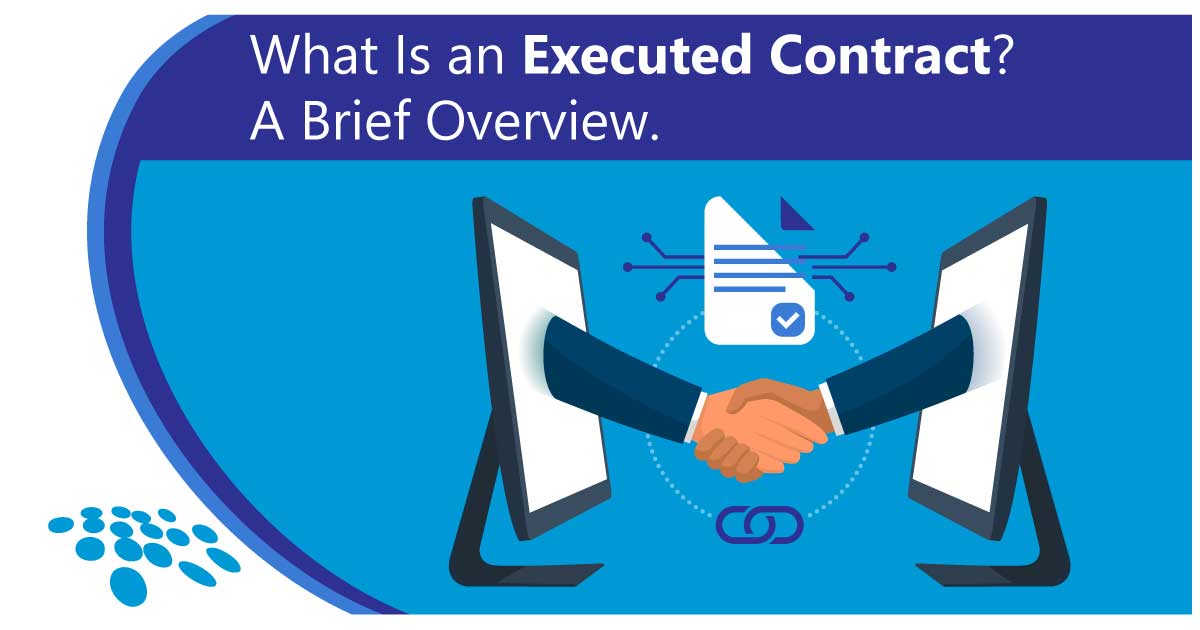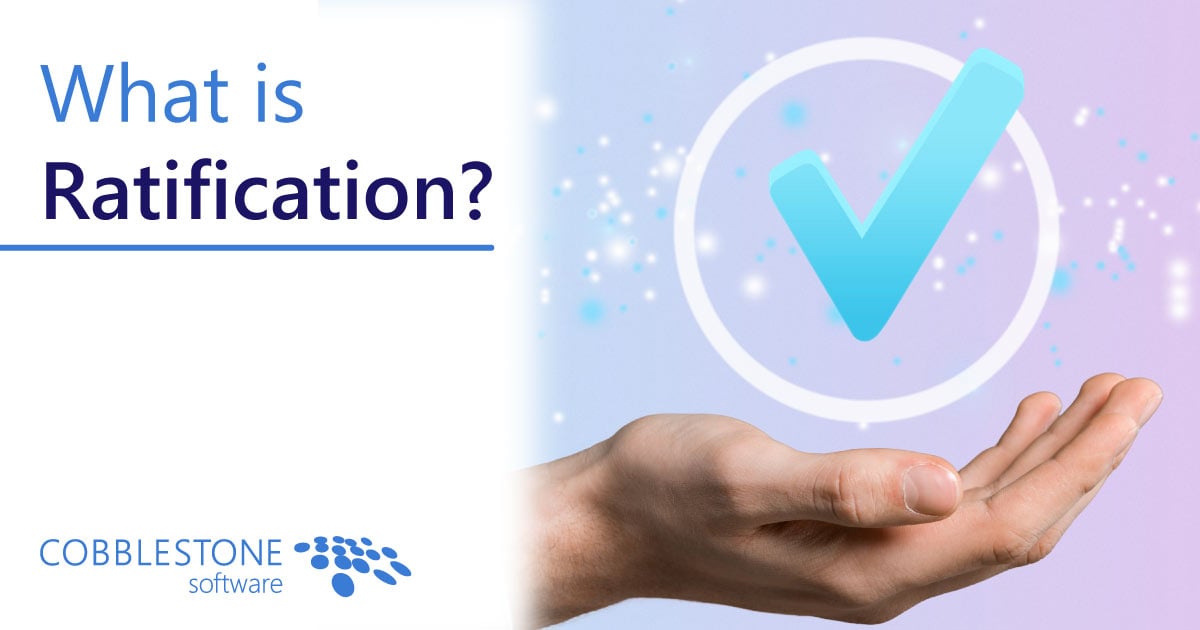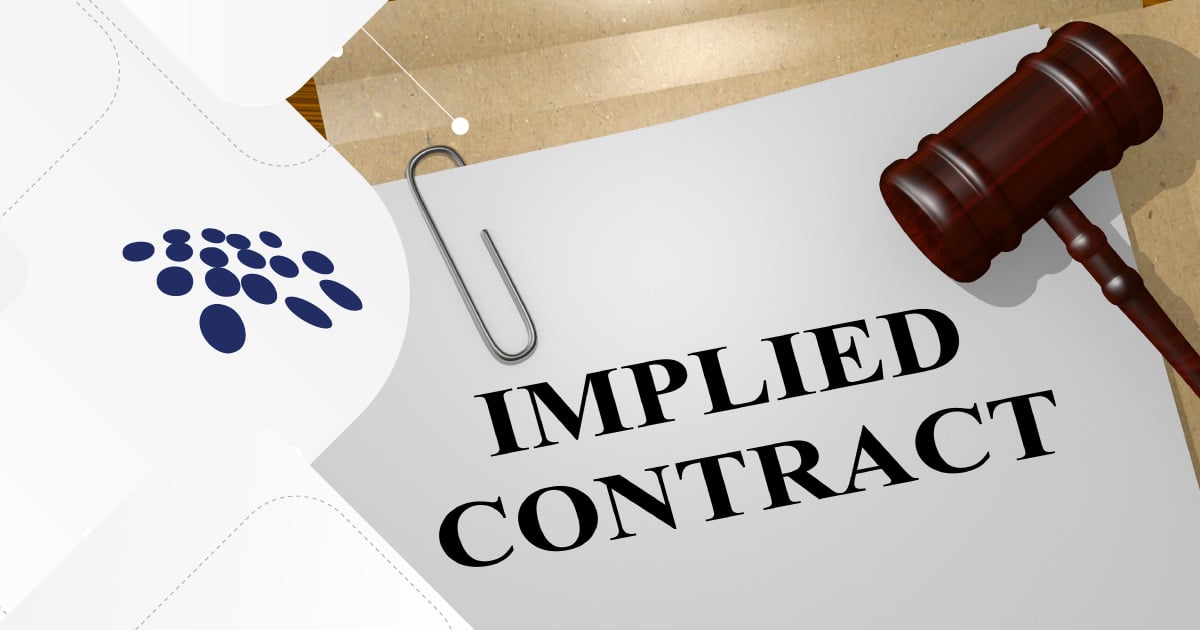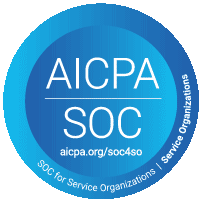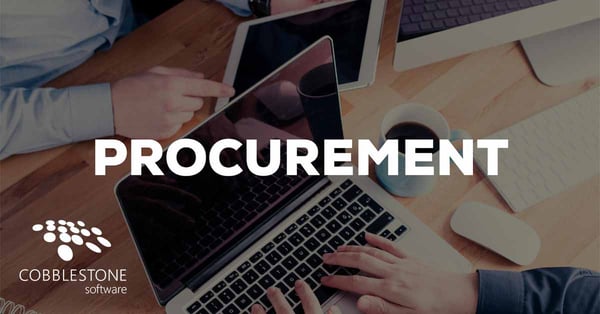
In 2020, leading organizations must reinvent procurement by first evaluating challenges and then by creating a procurement strategy, optimizing procurement processes, embracing technology, and committing to a proactive approach to procurement.
The 4 Biggest Procurement Challenges
Organizations face significant procurement challenges, but the four most critical are:
- day-to-day task management encompassing negotiation, vendor administration, and vendor performance management.
- meeting expectations such as vendor value improvement, supplier obligation fulfillment, contract benefits realization, timely data-driven decisions, and proper escalations of issues such as errors and disagreements.
- spend analysis around contract amounts, budgets, purchase control, vendor invoicing and payment processing, and fiscal year spend tracking and management.
- streamlining operations with documented processes, improved vendor/supplier relationship management, and procurement analysis.
The most effective way to overcome these challenges, as mentioned above, is to focus on procurement strategy, procurement process, and proactive procurement.
Creating an Infallible Procurement Strategy
The winning procurement strategy for 2020 and beyond must consider the complete sourcing cycle from requisitions to compliance - and every step along the way. The fastest path to efficient procurement is a strategy that eliminates manual processes, optimizes core procedures, improves supply chain management, and leverages analytics.
Successful procurement practices must be built upon reliable procurement technology, define actions based on vendor performance, have stakeholder support, and aid collaboration with vendors and between departments.
Optimizing Procurement Processes
Once a strategy is defined, procurement processes must be assessed and optimized. The most effective first step to improve procurement processes is to standardize the implementation and adoption of contract management and eProcurement software. Stakeholder buy-in is a must.
Leading procure-to-contract management software supports requisitions, procurement, vendor management, bidding/RFXs, sourcing, contract lifecycle management, and purchase order management in one user-friendly system.
Get tips on how to make your case for contract management software here.
Enterprise procurement software can continue to improve processes in the following ways:
- better acquisitions with vendor response and price comparisons, qualification ratings, and obligation evaluations.
- post-purchase monitoring with automated reminders to review critical vendor performance and contract terms and rate awarded vendors.
- more productivity and collaboration with insights into rebates, volume discounts, budgets, and milestones. Procurement personnel will be positioned to make informed choices around cancellations and renewals without data silos.
- enhanced fiduciary control and spend management that seamlessly provides legal, procurement, and accounting teams the necessary transparency to track approved contract values, payments from budgets and the remaining balances of contracts.
- improved vendor relationships by collecting feedback for each purchase to help with making decisions on future purchases and the overall partnership.
Executing Proactive Procurement
Proactive procurement management is where measurable opportunities can be realized. This management style is built upon accurate spend data, spend analytics KPIs, and artificial intelligence (AI) as outlined:
Accurate Spend Data: Regularly enter, extract, review, classify, enhance, and cleanse data from contracts, purchase orders, general ledgers, suppliers, and other internal systems to ensure accuracy.
Spend Analytics KPIs: Focus on visibility, analysis, and process by establishing KPIs. Examples include:
- number of suppliers or transactions for each category.
- material price increases or decreases.
- average purchase order value.
- total spend based on suppliers.
- product and service delivery rates.
- supplier risk ratings.
AI-Driven Procurement: Procurement professionals can reduce instances of reactive time spent on routine tasks by leveraging AI. Artificial intelligence automates procurement processes and improves data reliability allowing procurement and contract managers to proactively focus on strategy and analytics.
Reinvent Procurement with CobbleStone
Managing the full procure-to-pay cycle may seem complex, but it doesn’t have to be. CobbleStone Software makes it easy with contract management and eProcurement software to help procurement, contract, and legal professionals better manage contracts, agreements, and vendor/customer obligations.
CobbleStone Software is fast to implement, user-friendly, and easy to adopt. CobbleStone’s VISDOM® AI transforms contract data, purchases, and bid analysis into the core foundation that propels proactive opportunities for improved purchasing, vendor and contract oversight, and reduced risk.
Reinvent procurement in 2020 with CobbleStone. Request a free demo to see how.



